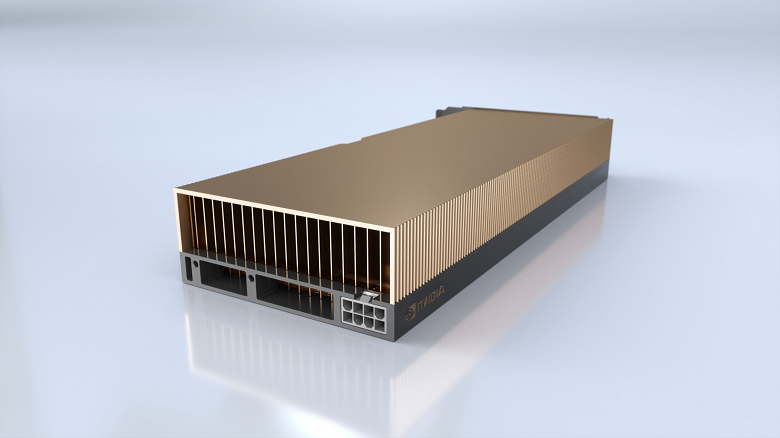NVIDIA unveils a set of tools for deep tests of gaming graphics cards
NVIDIA today announced the Reviewer Toolkit for Graphics Performance, a hardware and software suite that monitors game performance, quantifies input lag, and measures power consumption for graphics cards. The set of tools will be useful primarily for reviewers of new video cards.









